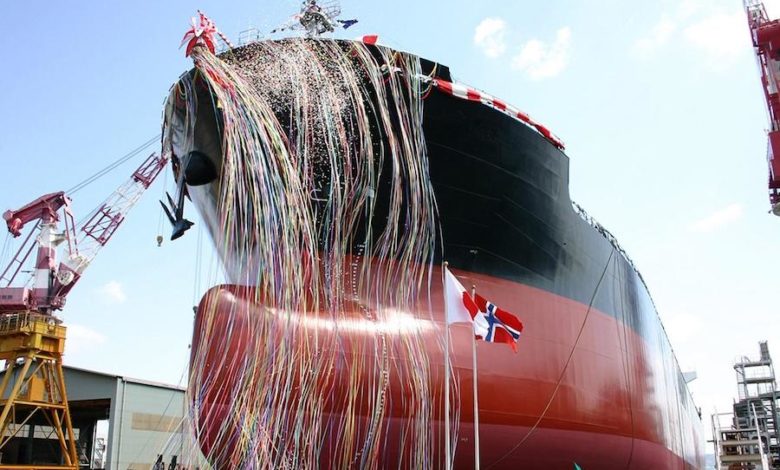
Another famous dockyard in Japan is reportedly closing its doors to commercial ships come the end of next year, according to Japanese newswire Nikkei.
The Chiba yard, established in the 1940s and belonging to Mitsui E&S Shipbuilding, will cease commercial ship construction once it finishes its current orderbook with a tanker set to deliver at the end of 2019.
The news, yet to be confirmed by the yard, would mark the latest in the dramatic contraction among Japanese shipbuilding output in the past 15 years as the Asian nation has had to face up to cheaper rivals in South Korea and China.
Commercial shipbuilding will now be contracted out to partner Tsuneishi Shipbuilding, Nikkei reported, which it forged an alliance with last month, to build ships at its overseas yards such as in the Philippines.
Mitsui E&S Shipbuilding’s other major yard, Tamano, will focus on naval contracts and some energy related construction.
In addition to the Tsuneishi tie up, earlier this month Mitsui E&S signed a joint procurement deal with another Japanese builder, Shikoku Dockyard.
Japanese yards continue to seek joint venture opportunities, increasingly shifting production to cheaper locations overseas and shuttering yards at home. Up until the year 2000, the country had been the world’s largest shipbuilding nation.
A planned merger between Mitsui E&S and Kawasaki Heavy Industries (KHI) fell through six years ago. KHI closed one of its two yards in Japan last year and moved the bulk of its commercial ship operations overseas.
